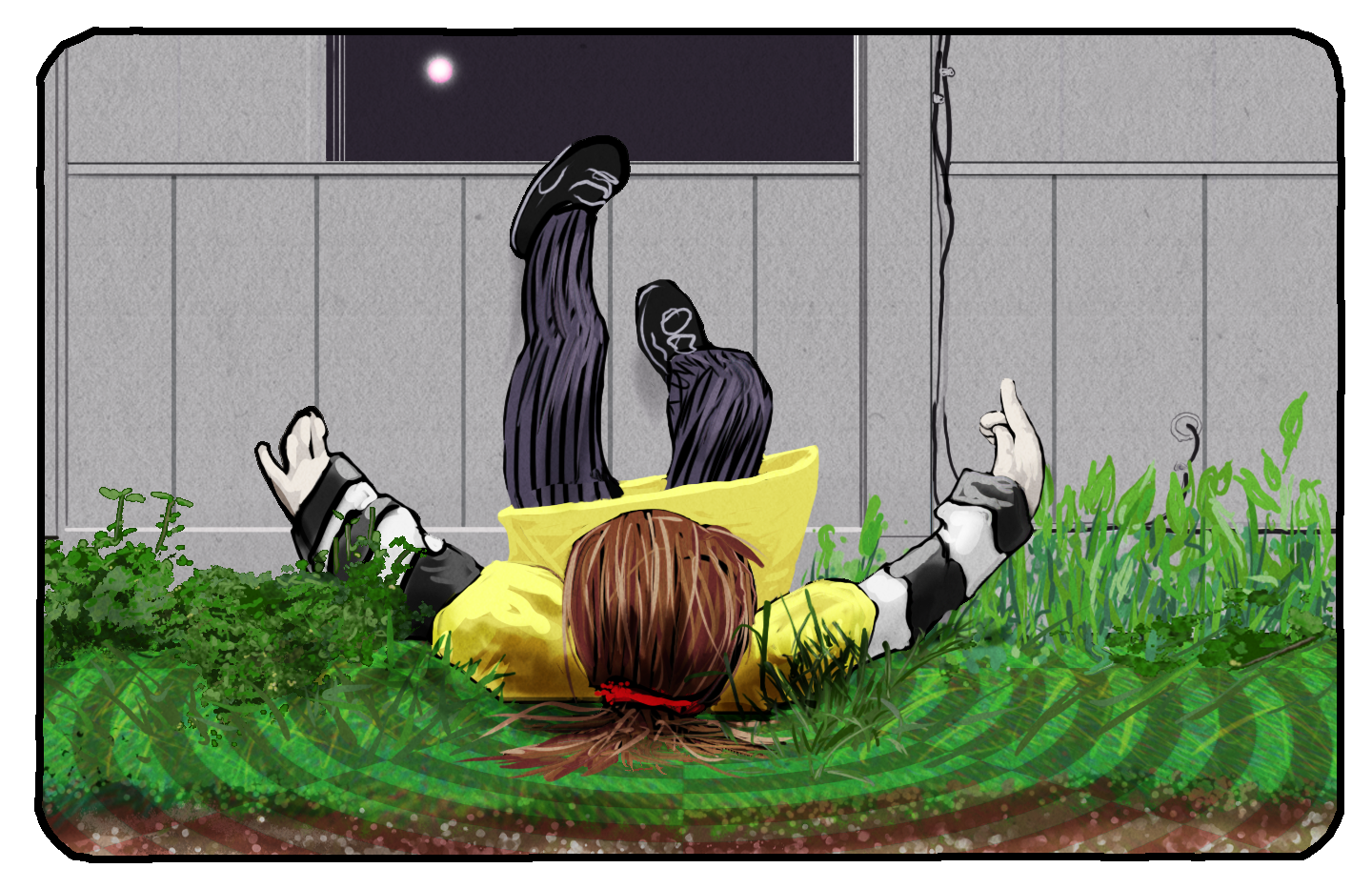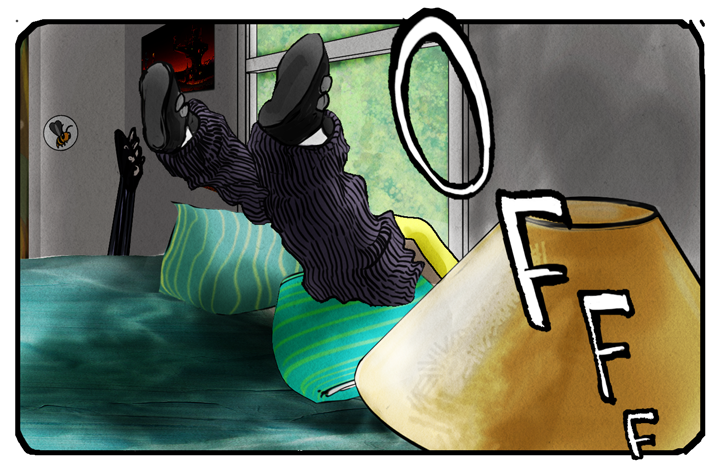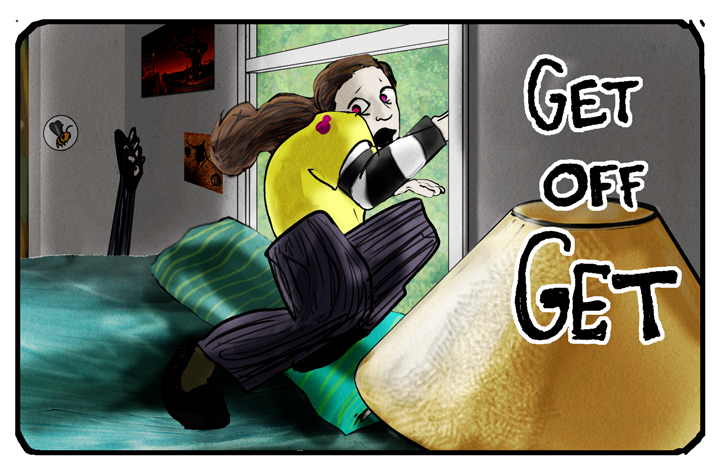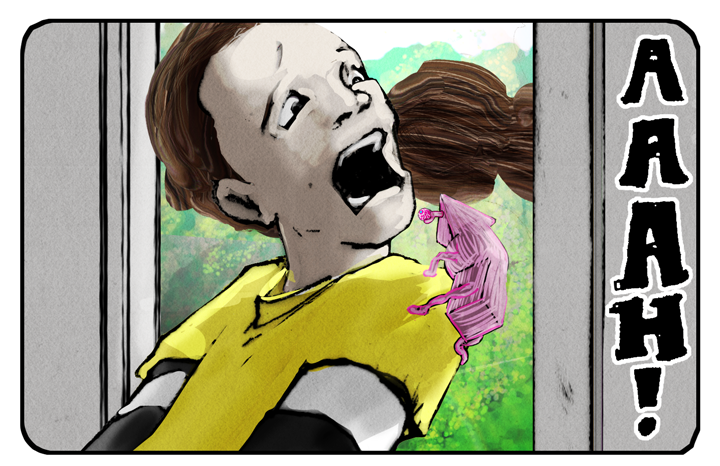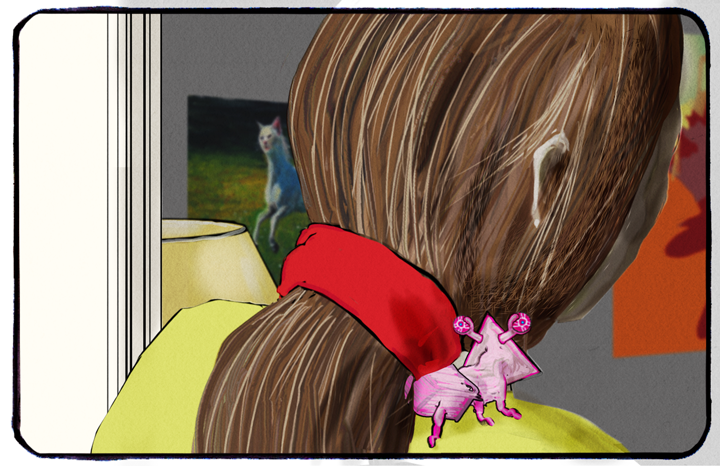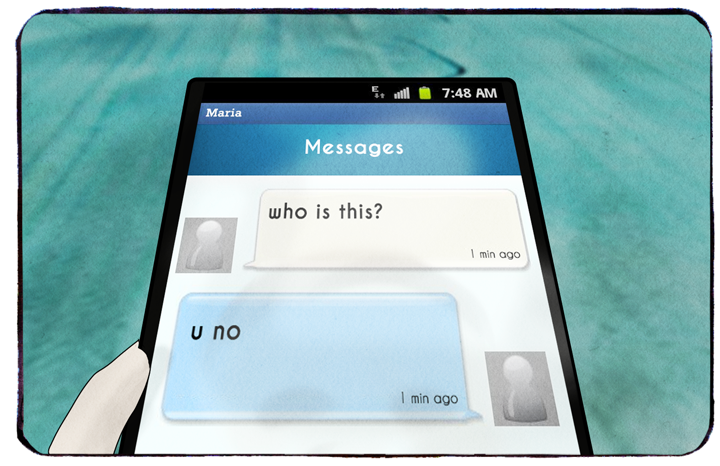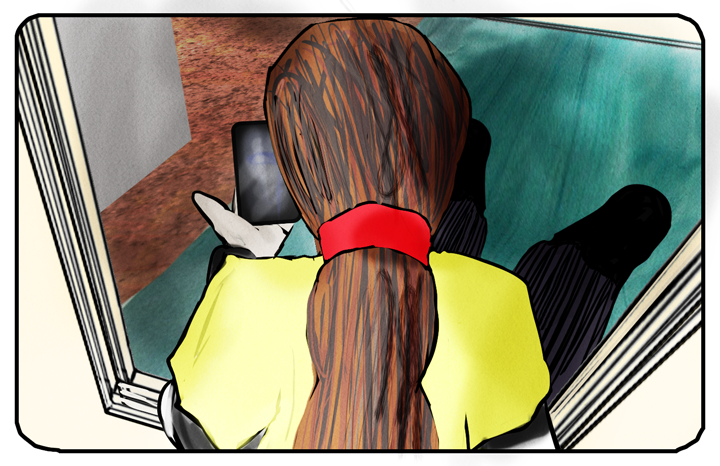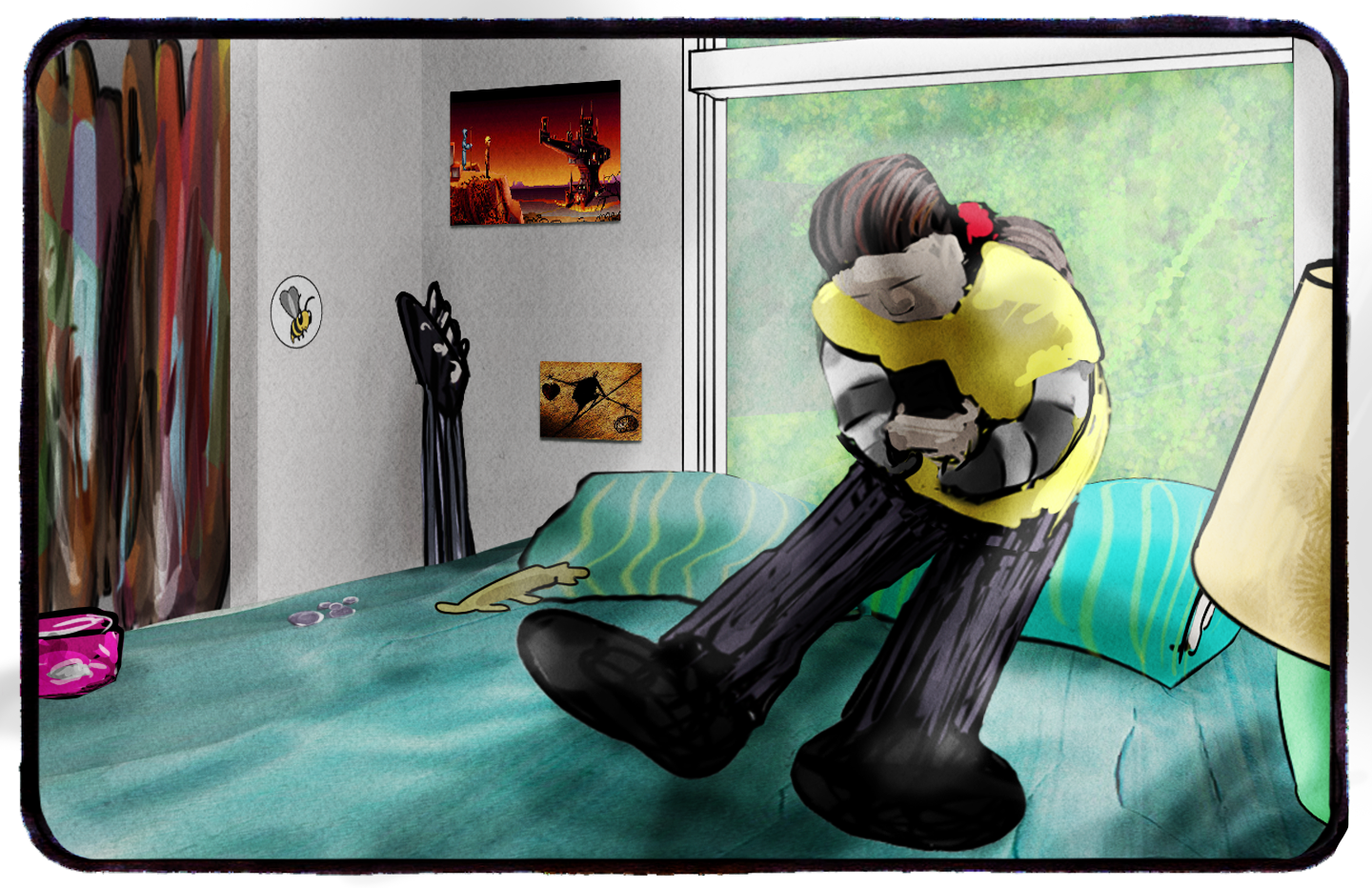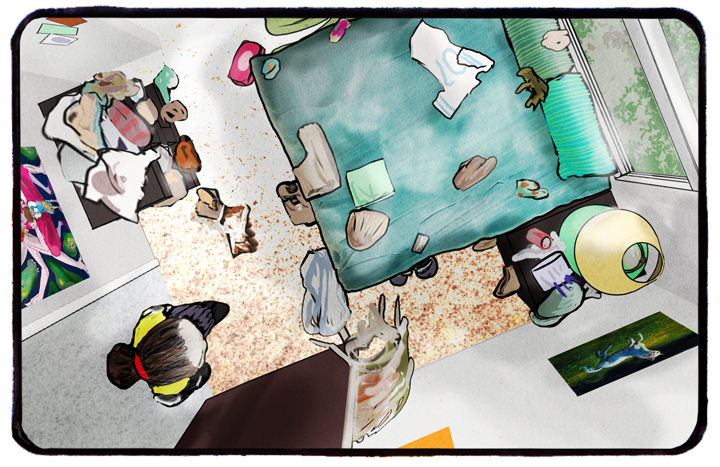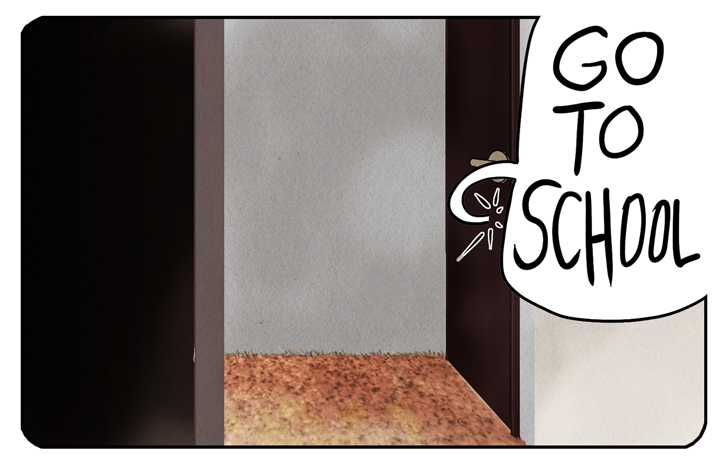Voice to text is so good these days it’s scary. I think my keyboarding days may be limited. I’ll avoid carpal tunnel if I can!
Archive for ‘fief’
Does Swearingen get his revenge?
Deadwood is a mythic history of George Hearst’s incursion into the Black Hills, the last desecration of the last American holy land, the last sin. All the sinners of Deadwood get theirs, from the madman Bullock to the junkie Garrett, but Hearst is the guiltiest of them all.
And Hearst is the only name that is known to us. Besides Buffalo Bill, who came there to die, and Calamity Jane, who went there to drink, the only name in the camp that means anything to the future is Hearst.
Because of his son, William Randolph Hearst.
The man who made marijuana illegal. Who inspired Citizen Kane and then tried to break the man who made it. The guy who started the Spanish-American war and made Teddy Roosevelt and everything that came with him. The guy who brought us Krazy Kat.
Deadwood is a camp full of bad fathers. They make it clear that the Bullocks were crazy as hell to bring their kid into the camp and that’s why he died, but that’s just the most obvious example. From the malevolent, baffling narcissism of Tolliver to the brilliant cruelty of Swearingen, they’re all bad dads, and Hearst is the worst. He was such a bad father that he fucked up our entire nation’s psychosphere.
The only one that gets it is Swearingen, and I think that’s why the ending of the series is so confusing. It sure looks like he cut his run. But he gets his revenge. We know he gets his revenge, as surely as we know he didn’t. Because it’s his show. The man who ran the little Gem Saloon is now more famous than George Hearst. He has replaced him in history. Even though he didn’t even scratch him in real life, in the only way that matters he won.
So how did he win?
One of my favorite historical trivium that I’ve learned lately: one thing museums can’t show us. Because museums are collections of stuff. But it turns out that, until the Industrial Revolution, people didn’t have any stuff. They didn’t have furniture. They didn’t have beds. They didn’t have tables. They sat on the floor or they sat on boxes. They ate with their bowl in one hand and a fork in the other.
That’s why sometimes you see old books that describe the poor of the past as “squatters and leaners.” Because you can’t sit unless you can afford a chair.
Now, how is a museum going to show you that? What kind of museum doesn’t have anything in it? Apparently an accurate one.
Here is my plan for saving America from the police and the police of America from themselves.
1. Run the Stanford Prison Experiment again, on a large scale, and get hard data on exactly how long it takes power to corrupt and in what ways it corrupts. Place the experiment on a reproducible basis. Use science to examine these sort of prison and prisoner power dynamics until the data gathered will stand up in court.
2. Use this data to challenge every single thing about our prison system. Systematically review every single criminal law in America. Submit them all to a central database and collate them.
3. Power is too corrosive to the human personality to be utilized on a daily basis. Therefore, impose stringent limits on how much a police officer can work. It should not be possible to work more than part-time as a patrol officer. Administration and detective departments should be curtailed, but their more specialized work will require longer hours.
4. Police officers should be paid enough for their 20 hours a week that they can live reasonably on that alone, and there should be few restrictions on how they work in their off hours. I’d say that right now, in 2015, $30,000 is reasonable for a part-time police officer for the year.
5. Since no one patrol officer can work more than 20 hours a week, a community that requires extra policing must hire more police. Since the job pays fairly well for relatively little work, there will be competition for the job and also mobility, as anyone who lands a good job would be able to leave it behind. This should combine to make the police force hirees mostly local citizens, mostly young people who do not have established jobs and routines.
6. Naturally any police officer, just like any American citizen, should enjoy free health care and education.
7. The police officer’s job is to bring a suspect before the court so that they may be judged. Any time they kill the suspect they fail in that duty. With this in mind, the police should be furnished with “nonlethal” weapons as much as possible. Even though nonlethal weapons can still kill, they are a massive improvement over a firearm. There is simply no excuse for any patrol officer to have hollow-point ammunition, especially when rubber bullets are available. The less lethal option should always be advocated by the department.
8. All police officers should be encouraged to take martial arts training, especially aikido.
9. High-speed pursuits are forbidden nationwide.
10. The police should not patrol. They should maintain stationary posts and respond to calls.
11. Uniforms should be easily visible and marked clearly. It should be strictly forbidden for the police to wear black. The same goes for vehicles. All police vehicles must be brightly colored and easy to find.
12. Any police officer who injures or kills a suspect will be suspended until the trial is complete.
Somebody sent me this rather amazing reply to the True Detective essay so I thought I’d repost it here and answer at length.
We began by discussing the Notre Dame line in TD, which he takes to be very important, because of Rust’s attraction to places of great ritual significance.
The Paris connection is there for anyone who reads Chambers. It isn’t entirely easy to discern, but it is there.
You are correct about it being Notre Dame. Why is this significant? Well for starters it is well known for its Gothic architecture and the Naturalism of its sculptures and stained glass. Naturalism in the arts is the attempt to represent subject matter truthfully, without artificiality and avoiding artistic conventions, implausible, exotic and supernatural elements. Realist works of art may emphasize the ugly or sordid, and deals with the accurate depiction of lifeforms, perspective, and the details of light and color. This is contrasted and a reaction to Romanticism which emphasized intense emotion as an authentic source of aesthetic experience, placing new emphasis on such emotions as apprehension, horror and terror, and awe. Romanticism revived elements of art and narrative perceived to be authentically medieval in an attempt to escape population growth, urban sprawl, and industrialism.
So what you are probably asking. Well, Rust and Marty fit this descriptive contrast. Marty and Rust, Hart and Cohle, or “Heart and Soul”. Marty is all emotion and sentimental. Rust is his opposite introspective and introverted. The way each makes sense of the world have obvious parallels to naturalism and romanticism. And the reason neither could find the clue that was right under their noses was because Rust excluded the supernatural at first and Marty tried to escape the progress of of not only his own life, but all life as represented by the growth of industry, population and urban sprawl. If he doesn’t look down, he can see 40…
The cathedral treasury is notable for its reliquary which houses some of Catholicism’s most important first-class relics including the purported Crown of Thorns, a fragment of the True Cross, and one of the Holy Nails. The connection here to Rust is obvious. He was the sacrifice. He pondered the nature of accepting that by placing a cross above his bed even though he himself didn’t believe in the supernatural explanation for it. Time is a flat circle, so there is reason to believe Rust was pondering this before we ever see him in the show. Symbolically speaking, a relic is something that has survived the passage of time.
The suicide you mention may have a possible connection as well. The suicide note contained messages concerning the destruction of a way of life, the problems of decadence, and the dissolution of the nuclear family. These themes have an obvious connection to many in True Detective. Perhaps RUst went to the church to kill himself and found he “lacked the constitution for suicide” as he tells Marty.
The North Transept ROse is beautiful stained glass. It also looks remarkably similar to the vortex seen in the finale.
Here is where it gets interesting. The position of titular organist (“head” or “chief” organist) at Notre-Dame is considered one of the most prestigious organist posts in France and the world over. Chambers
wrote of an organ player, or something far more sinister disguised as an organ player. Chambers short story “In the Court of the Dragon” involves a narrator who seeks refuge in a church in France called St Barnabus. Overcome by an unknown fear, he is offended and angered by the Organist’s playing, which nobody else seems to notice. He mistakes the exit of the organ player and assumes this was a mistake in the way he measured the passage of time. He interprets the organ players look as one of hatred, and notices that others in the church are looking at him the same way. He leaves, making his escape back home but realizes he is being followed by the organ player. He decides struggling is pointless and awakens back in the church, deciding it was a dream. He realizes he knew the organ player all along as death or a messenger or deliver of death and realizes he is disguised to everyone else eyes but his own. The church disappears and he finds himself on the shore of the lake of Hali (which runs up into Carcosa in other stories and is mentioned in Lovecraft’s Cthulhu mythos). The story ends with the character dying, and it reads, “Then death seemingly comes, “And now I heard his voice, rising, swelling, thundering through the flaring light, and as I fell, the radiance increasing, increasing, poured over me in waves of flame. Then I sank into the depths, and I heard the King in Yellow whispering to my soul: “It is a fearful thing to fall into the hands of the living God!”.So what can we make of this? Here we see, **poured over me in waves of flame**, like we see Rust in the introduction to the show each week. The **flaring light** also reminded me of the shot you linked of Marty on the phone when he calls his mistress. The story ends with “It is a fearful thing to fall into the hands of the living God”. How does one fall into those hands? Suffering, sin, punishing oneself ( ever the control freak, Rust struggled with blaming himself for his daughter’s death), eroding defenses by drug and alcohol abuse? All of the above? I think the important thing is that at some point during Rust’s visit to France, he attracted the attention of the Yellow KIng (or his followers or more symbolically, death and madness), just like the main character in this story. The yellow King (or his followers or more symbolically death and madness) has been following him since. An interesting relation and perhaps a less obvious resource for the writers of the show, St Barnabus was a church in Carcosa in Neal Wilgus’ story “The Rest of Your Life” where the congregants chanted “have you seen the yellow sign” over and over just like they did in Chamber’s “The Yellow Sign” where the Church Watchmen and unnamed others chanted, “Have you found the yellow sign”?. Interestingly, in that story which also takes place in France, a man walks alone in the night and finds the streets abandoned, except for a figure on a church’s steps. When he sees the figure he is overcome with anger and confusion, and is compelled to hatred and violence, the same way the protagonist was in “The COurt of the Dragon” when hearing the organists music. And just like the protagonist in that story, this one is also pursued by death who is in the service of the Yellow King. Worth noting is the fact that both antagonists were uncovered in churchs. It would seem that the Yellow King and his servants evidently hide behind the cloak of religion…
I could make other connections but for now, that is the best I have to offer. I do have some questions though and would like to pick your mind!
Awrite!
First, what are your thoughts on the mask? Childress says” Take off your mask”. I can make several connections to Chambers, Maupassant, and Poe, among others, but I don’t have a grasp yet on what was being said and why.
The second Childress says that he’s screwed, because Rust wears no mask.
Stranger: Indeed?
Cassilda: Indeed it’s time. We have all laid aside disguise but you.
Stranger: I wear no mask.
Camilla: (Terrified, aside to Cassilda.) No mask? No mask!
Rush “knows who he really is.” He’s the exact opposite of Childress, who is nothing but mask upon mask — he never even talks the same way twice. This makes him the Monster at the End of the Book for Childress.
This is another reason why I think Pizzolatto read House of Leaves — the awareness that, to the minotaur, Theseus is the monster.
And then he “uses his head,” by headbutting Childress.
Second, have you noticed the way sex is shown with the main characters? Marty, a slave to his emotions, is on bottom with both mistresses (and bound by one of them) while Rust, ever vigilant to not lose control as you pointed out in your essay, mounts Maggie from behind? The closest we see to two character making love, we get a quick shot of missionary before the shot fades away. What are your thoughts on this and do you think it is significant?
No, I never noticed it, and yes, it’s definitely significant. I think it’s part of Marty’s essential immaturity that he always wants to be punished — he’s a Bad Boy. It’s deeper than that, though. There’s a lot of stuff about the job of policing and the police department that goes unnoticed, but Rust and Marty are shown to be thoroughly bad rotten no-good cops who abuse their power in every conceivable way. Marty likes to be handcuffed because he knows he deserves it.
What happened between Rust and Maggie barely qualifies as sex. It’s more like some weird ritual.
Third, when Rust goes to the payphone to look for clues about who called the prisoner that killed himself after promising to tell of the yellow King, did you notice the lone yellow Lilly? Rust looks right at it. What is your take on this?
No, I did not notice that, but it’s a really interesting point as well. Does that happen before or after the scene in the sanitarium? Maybe by that point Rust understands that the flowers mean that he missed something….
Lastly, you seem to hint in your essay that you don’t buy into any type of larger conspiracy in the storyline. What are your thought on the elder Tuttle moving from governor (local) to senator(senator)? What was the purpose of the cultlike activities being covered up? Do you have any thoughts on the theoretical idea of a psychosphere? And do you think Rev Tuttle meant something more when he said, “There is a war going on behind the scenes”?
I bet he did! There are a few things that he could have meant there. One interesting point for me, and something that I think Pizzolatto was talking about in the series, is that there were a LOT of powerful-people-running-child-pornography rings that were discovered and rolled up in the early 1990s. The most famous are of course Louisiana and Omaha (the Aksarben scandal), but there were also ones in Austin Texas (the Kallisted ring) Seattle Washington (whatever was going on with the orphanages), Belgium, and of course the Catholic Church. I think I remember others as well.
I think that local businessmen running sex rings was a very common byproduct of the Western system until the 1990s, when some essential tipping point was reached and they were all (most? Some?) wrapped up and brought down. I think this is one of the main things TD is about.
That might be what he meant, or he might mean the impulse of good and evil, or he might just be talking about power in general.
As to a conspiracy, obviously the Tuttles are related. What I meant is that no grand manipulator was abusing Marty’s daughters just in case he was some day assigned to a case, and the woman in the Fox and the Hound is not a spy. As a matter of fact, she’s probably a direct outgrowth of a character in NYPD Season 2 episode 21. A whole lot of this show comes from NYPD Blue. For example, lighting the cigarette and being told to put it out in the very first scene with Rust.
But I digress. What I meant is that there are conspiracies but they are not magical or all-powerful, and they are not behind every single thing that happens in the story. I don’t think Papania or Gilbough are in on it, for example. I’m sorta hoping to see them again.
After meditating deeply upon Robocop, I now understand the source of the problem that the Koran has with the Jews.
While I was trying to make Robocop 2: the Story of Mohammed, I read the Koran. Well, the first third of it. Then my daughter sat on my kindle and broke it. But in that time I learned a lot of things.
The Koran is structurally completely different from the Bible, and it does not involve the adventures of Mohammed (my original idea for the sequel). In fact, it’s all about Jesus.
Apologies to anyone who’s read this before, I’ve been talking about this for a long time.
Anyway, the proper interpretation of Robocop 2, according to the Koran, would not be about Mohammed. Mohammed would not even appear. In fact, the work would be about Jesus, again, but from a more distant point of view. It would essentially be an MMORPG in which a wide variety of players follow behind Robocop and do His paperwork.
Upon realizing this, I saw that this represents a fundamental shift in point of view toward Jesus, and there is a structural flaw in there that’s expressed in the Koran.
Because the Koran is really super mean to jews. Basically every criticism you’ve ever read about the Koran is completely baseless, from the thing about the dogs to the thing about the 72 virgins to the thing about the jihads, but it is true that the Koran has a problem with jews. It’s annoying, when you read it, but if you can handle Jesus going on and on about divorced people in the New Testament or Paul whining about the gays, you can handle it. Ancient religious texts have weird things in them. Comes with the territory.
But I did wonder why that was, and Robocop 2: the MMORPG showed me!
Because in the first Robocop, Jesus has to fight many people — the Jews, the Romans, the Pharisees, etc. Since he is personally interacting with all these people, they get a lot of attention. They are shown to be disparate individuals with disparate motives.
However, if you are playing Robocop 2: the MMORPG, you are not interacting with the enemies of Robocop. They are all dead, and you are moving in his wake, setting up security cameras and repairing bullet holes and processing suspects and doing side quests. Although you are dealing more directly with the realities of the world than Robocop is (and the Koran is a much more realistic book in its expectations than the Bible), all opposition has already been vanquished, and you are at a remove from the enemies of the Divine One. You understand literally everything about the world except for the Opposition.
In other words, since Robocop is at the other end of the screen killing His enemies, you don’t get to know His enemies.
The crooks, the criminals, the bad executives, the thugs, traitors, the low-lives, the lost and the simply unlucky all merge to your point of view. They are simply Those Who Opposed.
The Koran is about Jesus, but it was written six hundred years later. They couldn’t see that there were complexities and crossing interests. They could only see that Jesus was opposed by the Jews.
Mexico! South Padre Island! Pictures coming soon, I’ve never been this far south before.
And for our next trick, we rocket clear to the other side of I-35 for Springcon in Minneapolis/St. Paul, a grand pilgrimage taken every year to honor the spirit of comic books, spring, and general getting out of the house. Gewel will be showing art at Art-A-Whirl at Turbo Tim’s and I’ll be selling comic books at Springcon and everything’s gonna be great.
Gewel’s first art show since this last semester. Pictures of that coming soon too, you better believe.
David Milch was right. Our culture is amping up to kill a lot of Muslims.
David Milch is right about everything.
I love David Milch.
But that’s not the point. The point is, don’t tolerate Islamophobia, kids. Don’t put up with that shit around you. Because this is where it starts. Making it clear now that making shitty jokes or fucking evil generalizations about muslims is like making them about jews, or black people, or women, or anybody.
Because they’re just anybody. They’re just people. They don’t deserve your hatred for any reason at all.
So don’t let people do it. When somebody says, “but all muslims are pedophiles,” do the world a favor and shut them the fuck down.
I don’t care if you style yourself some sort of “critic of Islam,” I guess that’s a reasonable way to spend your day. But you’re not a critic of anything if you’re just a fucking liar.
